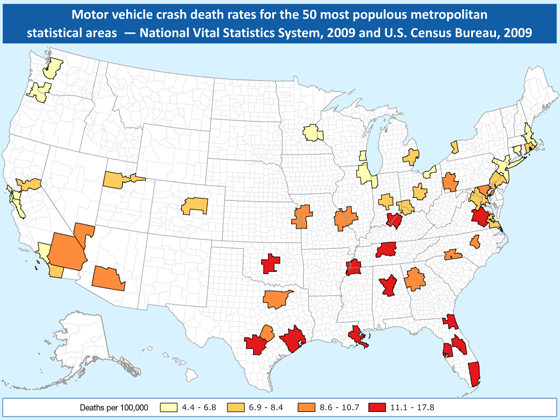At this point, everybody knows that flying is safer than driving. Many Americans still have an emotional fear of the friendly skies, but the numbers don’t lie: more than 30,000 people die each year on the nation’s roads while just 153 perished in plane crashes in the past decade (2002-2011).

Still, just because the death total is low doesn’t mean that airlines and airports should become complacent.
An upcoming article in Risk Management magazine highlights how there were more accidents on the tarmac in 2012 than 2011, and Vernon Grose, a former Boeing employee and National Transportation Safety Board member, believes that the next plane crash might be the worst ever?
Why?
He has several reasons.
Looking forward, there are at least five serious issues affecting airline safety that must be systematically addressed for their inherent risk:
- Larger Aircraft. The trend in new airliners is increased passenger capacity. Whether airline safety is measured as fatal crashes per year, deaths per flight, or deaths per flight hour, there is another safety indicator of concern – deaths per crash. The Airbus A-380 with its full, two-deck economy configuration will seat up to 853 passengers. The deaths-per-crash could easily exceed 1,000 should it collide with any other typical airliner. Even if the A-380 experienced fire while on the ground, imagine emergency evacuation from two levels via slides for the elderly, infirmed and small children. The last fatal crash in the U.S. was Colgan Air Flight 3407 near Buffalo in February 2009 – wherein only 50 died.
- World-wide financial crisis. The financial challenges of this decade have placed airlines in jeopardy, forcing many into bankruptcy or mergers. Four major U.S. airline mergers have recently occurred, creating considerable risk for airline safety. Not only are both passengers and employees losers in this trend, but airline attitude, motivation, and creativity atrophy. Example: airline pilots over-flying Minneapolis for over an hour in 2009 while focused exclusively on discussing their future after a merger.
- Machines replacing humans. The transfer of aircraft piloting responsibility from humans to machines increases risk. Technological sophistication favors efficiency (e.g., fuel conservation) over judgmental involvement. Example: Air France 447 crash in 2009 due to pilot inability to comprehend automated but inadequate flight status.
- Cyber-terrorism. The threat of cyber-terrorism is on the rise, and airline operations are vulnerable to potential disruption of networked infrastructure in communications, air traffic control, routing, and weather forecasting. All airborne airliners (1,000+ over the U.S. at any time) are in a 3-dimensional environment that depends on separation, guidance, and location information external to the aircraft.
- Legalization of marijuana. The most commonly used illicit drug will increasingly impact pilot performance. Effects of its use include distorted perception (sights, sounds, time, touch) as well as memory and loss of coordination. In addition, marijuana use can produce anxiety, fear, distrust, or panic. There are no accepted rules or means for detection as there are with alcohol consumption to govern pilot usage.
After reading this, maybe I will drive for my next vacation.
I’ve never been afraid of flying, but if cash-strapped airlines with glitchy and hackable computers are increasing going to be hiring weed-smoking pilots to fly jets carrying 800 people, maybe taking my chances on I-95 isn’t such a bad idea.


 />i
/>i
